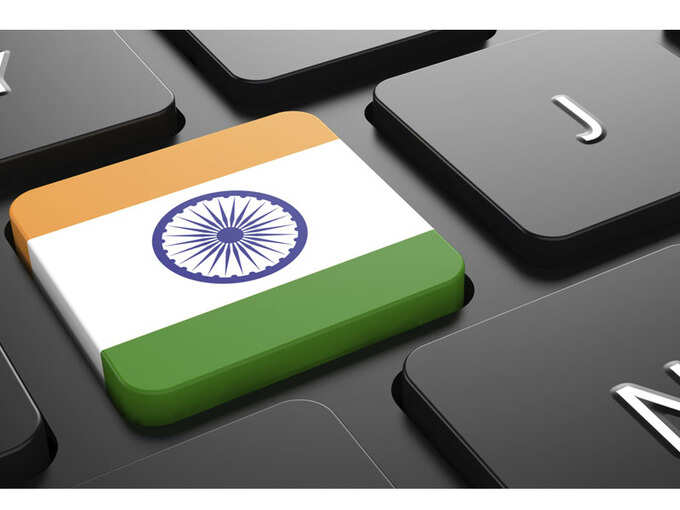 It is now beyond doubt that
It is now beyond doubt that But it is not the time yet to send out invites for the gala event. India may well be on the path to self-reliance, but its two biggest threats – in some way intertwined – are the changing political equations and international debt.
Then there’s another factor we cannot ignore. Indian population is about to reach 1.27 billion this year and will soon overtake China that happens to be the country with the highest number of mouths to feed. India, with an economy of $1.842 trillion and a GDP of $2.55 trillion, carries a national debt of 78%. Even a novice can pinpoint this as a ‘danger’ zone. However, India’s debt is just 129% of its GDP (if that’s any solace) while China’s stands at 158%. Overtaking India on this front are Greece and Ireland.
But overall, India, which has been enjoying the status of the IT superpower across the world with the highest number of software companies in the country and trained professionals spread across the globe, is on the path of recovery and growth, much to the surprise of all economists and financial soothsayers.
Despite the fact that every Indian citizen carries a debt of about Rs 50,000 (approx $808) while poverty and hunger still remain the key issues that must be tackled more efficiently, India was brave enough to tell the UK that it didn’t require any foreign
What caused this uproar from Britons and what led to such candid attitude shown by India? Simply put, when a country receives foreign aid, it is supposed to use the aid to meet the basics. For instance, the country has to build the basic infrastructure, provide basic education to its citizens, put systems in place that can ensure safety and food security, and create windows for other countries to participate in the progress of the receiving country. The
In India’s case, all the above was true till about a few years ago when the country was only at the ‘receiving’ end. Historians can argue on who said it first, but the UK was forced to take a stand on stopping foreign aid to India after the latter launched its own space mission to Mars last year.
Even the US aid to India has consistently dropped in the recent years – from around $127 million in 2010 to $98.3 million in 2013. Adopting a more diplomatic approach, the US strategically turned India into its potential ally and said that the progress India had achieved ‘creates an opportunity to evolve the traditional donor-recipient
The criticism from the British side came in the wake of India turning into a ‘donor’ to countries that have been on the brink of poverty and social crises, such as Afghanistan. India has approved developmental projects in Afghanistan to the tune of $100 million as part of India’s $2 billion aid package to the war-torn nation. In 2010, India extended an aid package of $1 billion in the form of credit to neighbouring Bangladesh while offering a credit of $5 billion to the African nations.
In the recent years, India has significantly ramped up its spending on social welfare schemes and rural development projects, with an objective to achieve comprehensive development. “Aid is past,